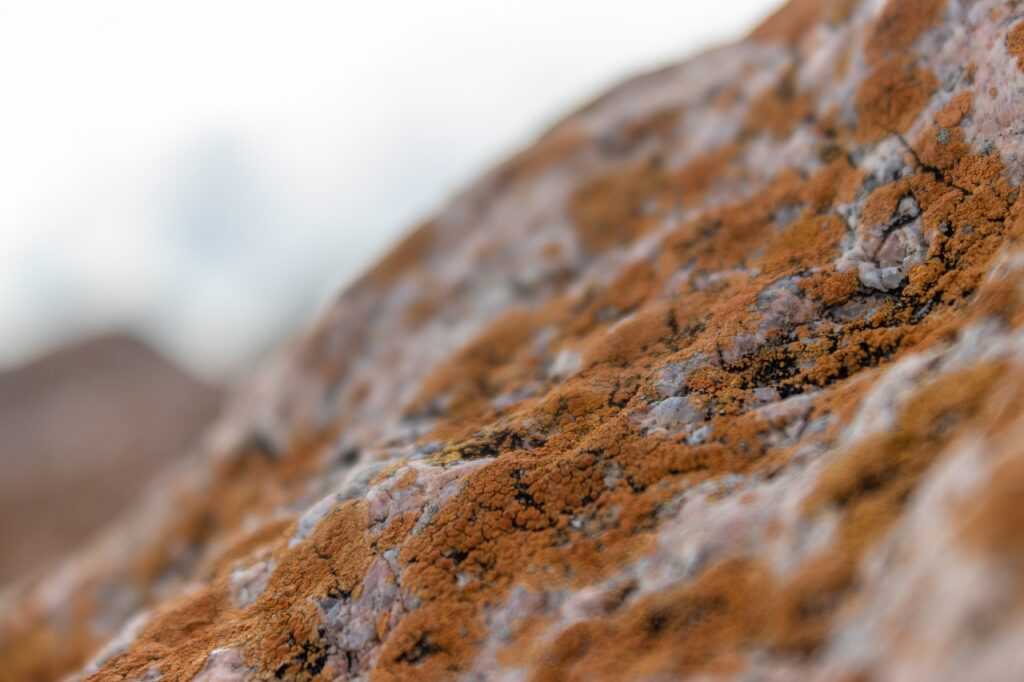Abstract Butterfly Artwork
Creating abstract artwork inspired by butterflies can be a truly liberating and creative experience. By infusing the delicate beauty of butterflies with abstract forms, artists can explore a myriad of colors, shapes, and textures to give life to unique pieces of art. In this section, we will delve into the process of creating captivating abstract butterfly artwork that captivates the imagination and evokes a sense of wonder.
Drawing Inspiration from Nature
When embarking on your abstract butterfly artwork journey, the first step is to immerse yourself in the natural world. Spend time observing the intricate patterns and vibrant hues of butterflies in their habitat. Take note of the way light plays on their wings, creating mesmerizing reflections and shadows. Let nature be your muse as you gather inspiration for your artistic endeavor.
Selecting Your Materials
To bring your abstract butterfly artwork to life, you will need a variety of materials that allow you to experiment and express your creativity. Consider using a mix of acrylic paints, watercolors, pastels, or even digital tools to craft your masterpiece. Additionally, gather different textures such as brushes, sponges, or palette knives to add depth and dimension to your artwork. Don’t forget to have a sturdy canvas or paper ready to capture your vision.
Creating the Base
Start by laying the groundwork for your abstract butterfly artwork. Use light and airy colors to create a soothing backdrop that mimics the ethereal quality of butterfly wings. Experiment with blending techniques to achieve a smooth transition of colors that evoke a sense of movement and fluidity. Let your imagination take flight as you build the foundation for your artwork.
Imagflap: A Splash of Color
To infuse your abstract butterfly artwork with vibrancy, consider incorporating a bold splash of color using a technique we like to call “imagflap.” This innovative approach involves layering vivid colors in a dynamic and freeflowing manner, mimicking the fluttering motion of butterfly wings. Allow the colors to blend and merge organically, creating a mesmerizing kaleidoscope of hues that breathe life into your artwork.
Adding Abstract Elements
Once you have established the base layer of your artwork, it’s time to introduce abstract elements that evoke the spirit of butterflies. Experiment with fluid lines, geometric shapes, and spontaneous brushstrokes to create a sense of movement and energy. Play with negative space to add depth and intrigue to your composition. Let your intuition guide you as you explore different abstract forms that capture the essence of butterflies.
FineTuning and Detailing
As your abstract butterfly artwork begins to take shape, take a step back and assess the overall composition. Finetune the colors, shapes, and textures to ensure harmony and balance in your piece. Pay attention to details such as highlights, shadows, and intricate patterns that mimic the delicate beauty of butterfly wings. Embrace imperfections and subtleties that add character and depth to your artwork.
Final Touches and Reflection
Once you are satisfied with your abstract butterfly artwork, take a moment to reflect on your creative journey. Consider the emotions, memories, and experiences that inspired your artwork. Add any final touches or embellishments that enhance the overall impact of your piece. Let your artwork speak to you and resonate with viewers, inviting them to immerse themselves in the beauty of abstract butterflies.
Embark on this artistic adventure with an open mind and a playful spirit, embracing the freedom to explore and experiment. With each brushstroke and color choice, let your creativity soar and transform your vision into a stunning piece of abstract butterfly artwork that dazzles the senses and sparks the imagination.


